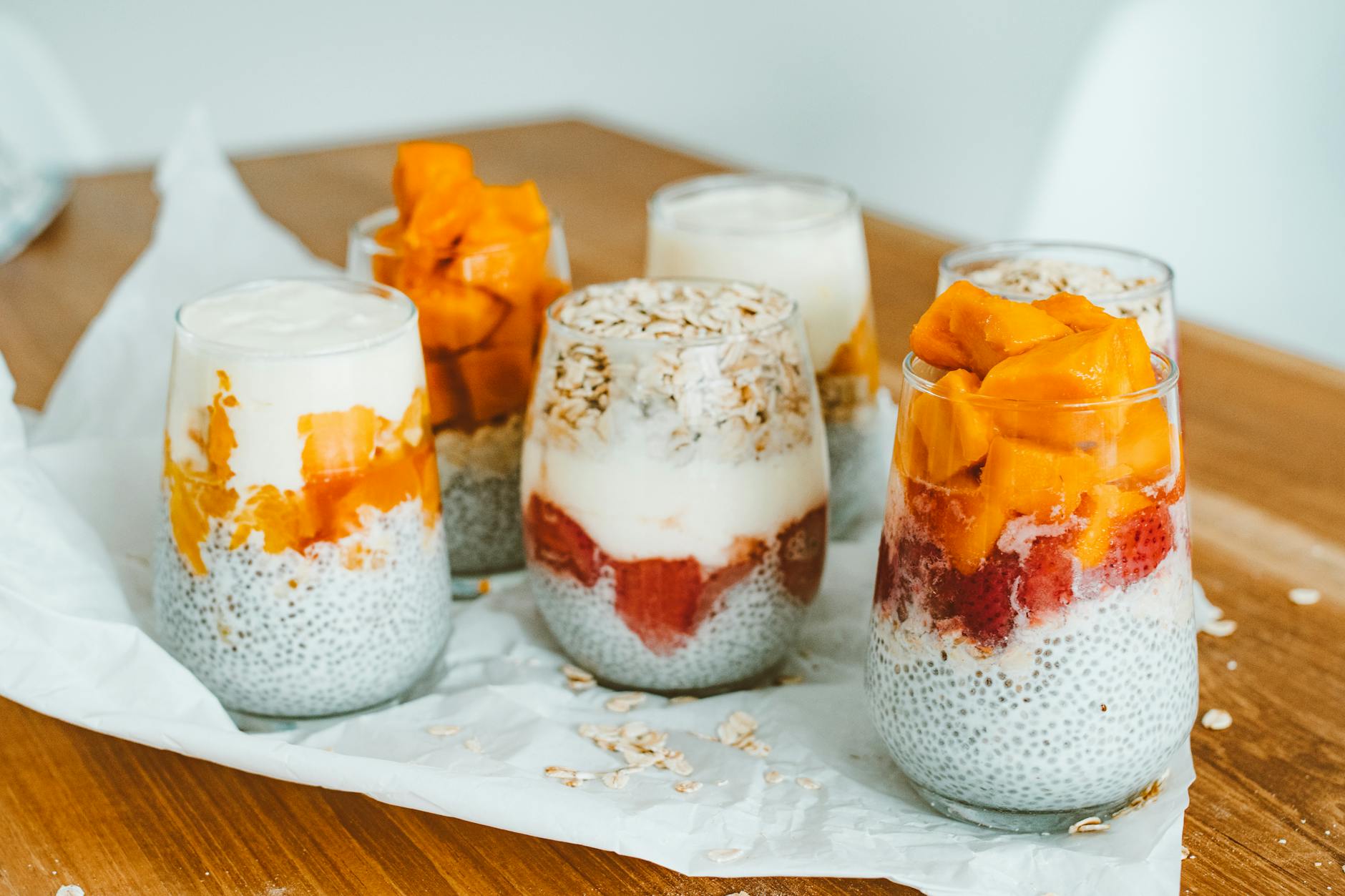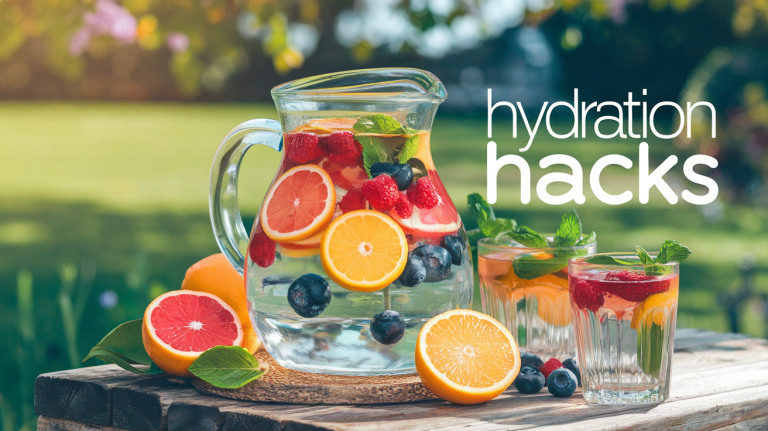Healthy Snacking for Weight Loss: 15 Low-Calorie, High-Protein Ideas
Are you tired of battling hunger pangs while trying to shed those extra pounds? 🍽️ The struggle is real, but what if we told you that snacking could actually be your secret weapon in the fight against weight gain? That’s right – with the right approach, you can satisfy your cravings and stay on track with your weight loss goals.
Welcome to the world of healthy snacking for weight loss! 🥗💪 In this blog post, we’ll unveil 15 mouthwatering, low-calorie, high-protein snack ideas that will revolutionize your eating habits. From plant-based options to savory delights and even sweet treats, we’ve got you covered. But before we dive into these delicious alternatives, we’ll explore the science behind healthy snacking, the benefits of high-protein nibbles, and how to choose the perfect low-calorie options.
Get ready to transform your snacking game and accelerate your weight loss journey. We’ll guide you through preparing and storing these nutritious bites, and show you how to seamlessly incorporate them into your daily routine. So, are you ready to discover the power of smart snacking? Let’s dive in and explore these game-changing ideas that will keep you satisfied and on the path to a healthier you!
Understanding Healthy Snacking for Weight Loss
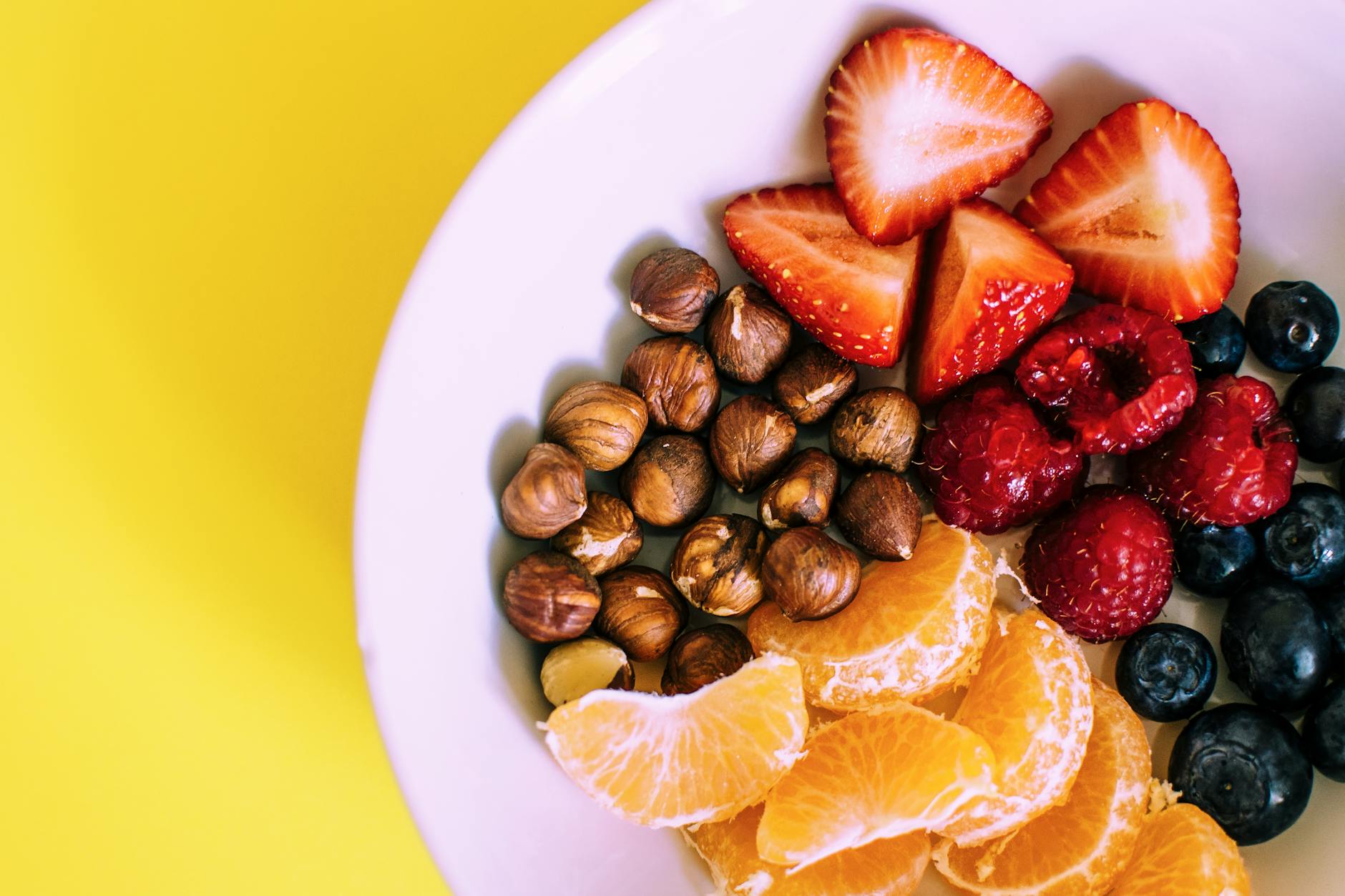
A. The role of snacks in a weight loss diet
Snacks play a crucial role in a weight loss diet, helping to maintain energy levels, control hunger, and prevent overeating during main meals. When chosen wisely, snacks can contribute to a balanced nutritional intake and support your weight loss goals.
| Benefits of Snacking | Impact on Weight Loss |
|---|---|
| Hunger control | Prevents overeating |
| Stable blood sugar | Reduces cravings |
| Sustained energy | Supports metabolism |
| Nutrient boost | Enhances overall health |
B. Importance of low-calorie, high-protein options
Low-calorie, high-protein snacks are particularly beneficial for weight loss due to their:
- Satiating effect: Protein keeps you feeling full longer
- Thermogenic properties: Protein requires more energy to digest
- Muscle preservation: Helps maintain lean body mass during weight loss
- Metabolic boost: Supports a higher resting metabolic rate
C. Balancing macronutrients for satiety
To maximize the effectiveness of your snacks, it’s essential to balance macronutrients:
- Protein: 20-30% of snack calories
- Complex carbohydrates: 40-50% of snack calories
- Healthy fats: 20-30% of snack calories
This balance ensures sustained energy release and optimal satiety. By focusing on nutrient-dense, low-calorie options, you can enjoy satisfying snacks that support your weight loss journey without compromising on taste or nutrition.
Benefits of High-Protein Snacks
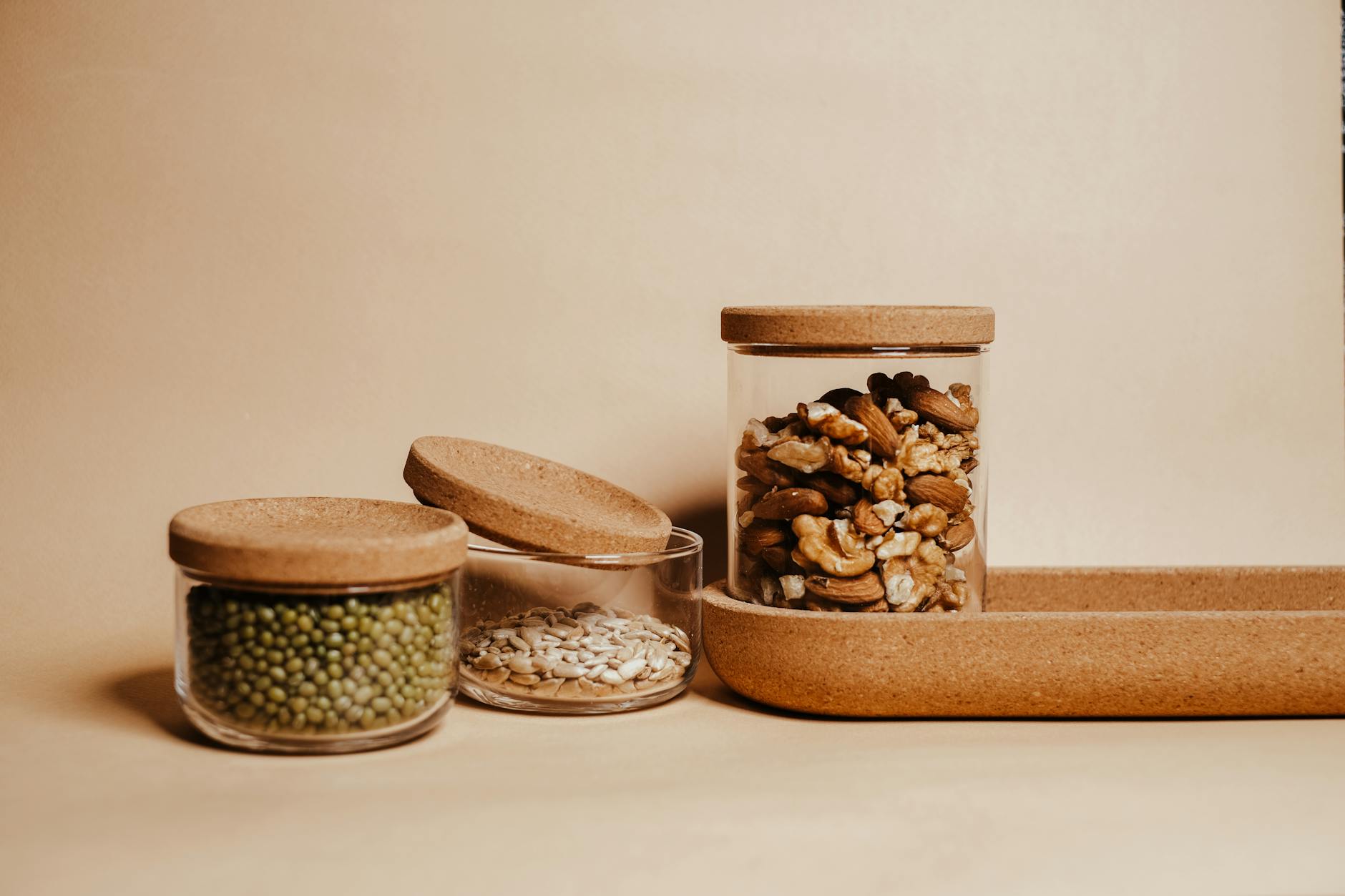
Muscle preservation during weight loss
High-protein snacks play a crucial role in preserving muscle mass during weight loss. When you’re in a calorie deficit, your body may break down muscle tissue for energy. Consuming protein-rich snacks helps counteract this effect by:
- Providing essential amino acids for muscle repair
- Stimulating muscle protein synthesis
- Supporting lean body mass retention
Increased metabolism and fat burning
Protein has a higher thermic effect compared to carbohydrates and fats, meaning your body burns more calories digesting it. This leads to:
- Increased overall calorie expenditure
- Enhanced fat oxidation
- Improved metabolic rate
| Macronutrient | Thermic Effect |
|---|---|
| Protein | 20-30% |
| Carbohydrates | 5-10% |
| Fats | 0-3% |
Appetite control and reduced cravings
High-protein snacks help manage hunger and cravings by:
- Increasing satiety hormones like GLP-1 and PYY
- Reducing ghrelin, the hunger hormone
- Providing long-lasting fullness
Stable blood sugar levels
Protein-rich snacks contribute to better blood sugar control by:
- Slowing down digestion and absorption of carbohydrates
- Reducing the glycemic impact of meals
- Preventing sudden spikes and crashes in blood sugar
This stability helps maintain consistent energy levels and reduces the likelihood of overeating.
Choosing the Right Low-Calorie Snacks
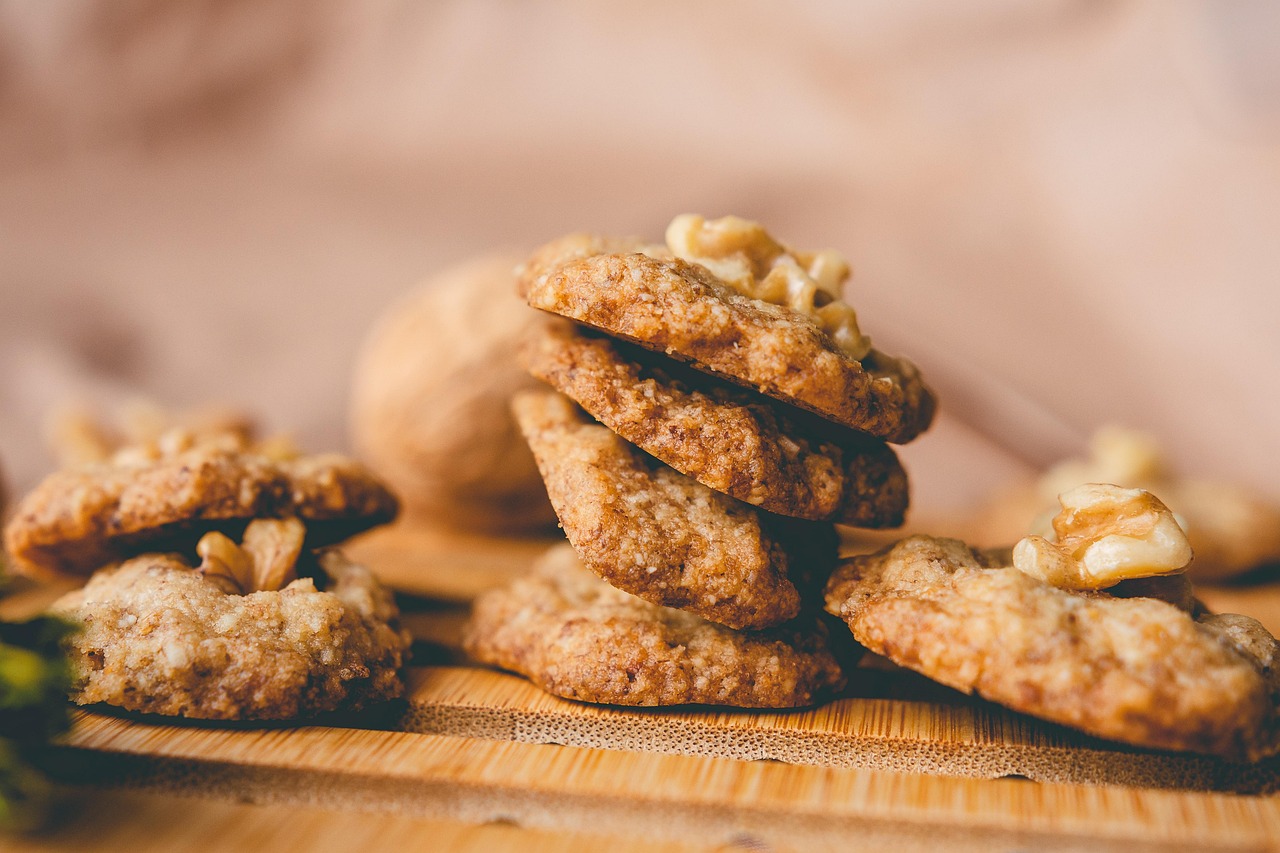
Reading nutrition labels effectively
Reading nutrition labels is crucial for making informed snack choices. Here’s how to decipher them:
- Serving size: Always check this first, as all information is based on it.
- Calories: Look for snacks with 100-200 calories per serving.
- Protein: Aim for at least 5g per serving.
- Fiber: Choose snacks with 3g or more per serving.
- Sugar: Opt for less than 5g per serving.
| Nutrient | Target Amount |
|---|---|
| Calories | 100-200 |
| Protein | 5g+ |
| Fiber | 3g+ |
| Sugar | <5g |
Portion control strategies
Controlling portions is key to maintaining a calorie deficit. Try these methods:
- Use smaller plates and bowls
- Pre-portion snacks into reusable containers
- Measure servings using kitchen scales or measuring cups
- Practice mindful eating by savoring each bite
Avoiding hidden calories and sugar traps
Be wary of these common pitfalls:
- “Low-fat” products often contain added sugars
- Dried fruits can be calorie-dense
- Granola and trail mixes may have high calories from added oils and sugars
- Flavored yogurts often contain excessive sugar
Always opt for whole, minimally processed foods when possible. By mastering these strategies, you’ll be better equipped to choose snacks that support your weight loss goals. Next, we’ll explore specific snack ideas that align with these principles.
Top 15 Low-Calorie, High-Protein Snack Ideas
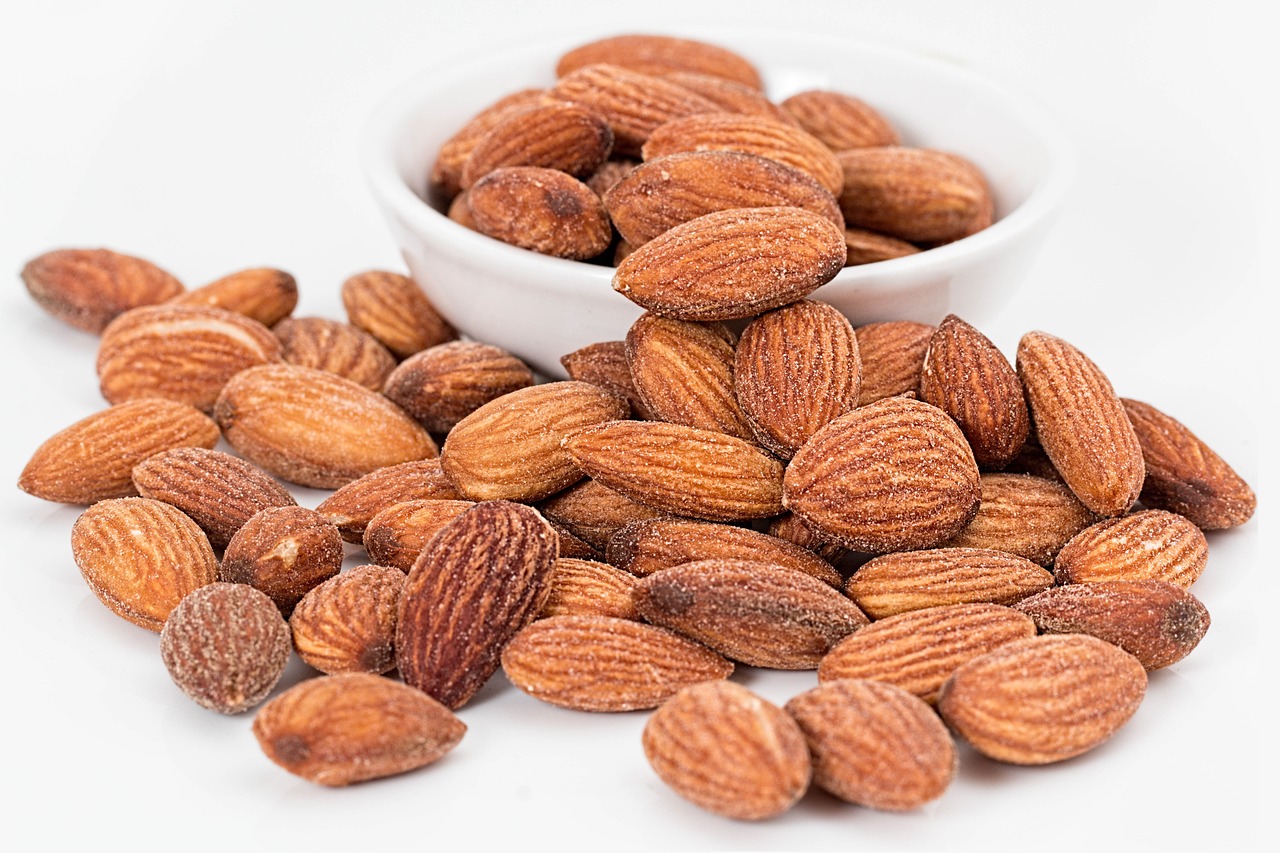
Greek yogurt parfaits
Greek yogurt parfaits are a delicious and nutritious snack option for weight loss. They offer a perfect balance of protein and flavor, making them both satisfying and enjoyable. Here’s a simple recipe to create your own parfait:
| Ingredient | Amount | Calories | Protein |
|---|---|---|---|
| Greek yogurt | 1/2 cup | 65 | 11g |
| Mixed berries | 1/4 cup | 20 | 0.5g |
| Granola | 2 tbsp | 70 | 2g |
| Honey | 1 tsp | 20 | 0g |
Total: 175 calories, 13.5g protein
Layer the ingredients in a glass or bowl for a visually appealing and tasty snack.
Hard-boiled eggs with vegetables
Hard-boiled eggs paired with raw vegetables make for an excellent low-calorie, high-protein snack. This combination provides:
- Protein from eggs
- Fiber from vegetables
- Essential vitamins and minerals
Try pairing two hard-boiled eggs (12g protein, 140 calories) with a cup of mixed raw vegetables like carrot sticks, cucumber slices, and cherry tomatoes (25 calories).
Protein smoothies
Protein smoothies are a versatile and quick snack option. Here’s a simple recipe:
- 1 scoop protein powder (20g protein, 120 calories)
- 1 cup unsweetened almond milk (1g protein, 30 calories)
- 1/2 banana (1g protein, 53 calories)
- 1/2 cup spinach (0.5g protein, 3 calories)
- Ice cubes
Blend all ingredients for a refreshing, protein-packed smoothie with approximately 22.5g of protein and 206 calories.
Cottage cheese with fruit
Cottage cheese is an excellent source of protein and pairs well with various fruits. A simple combination could be:
- 1/2 cup low-fat cottage cheese (14g protein, 81 calories)
- 1/2 cup mixed berries (0.5g protein, 40 calories)
This snack provides 14.5g of protein for only 121 calories.
Edamame pods
Edamame, or young soybeans, are a plant-based protein powerhouse. One cup of edamame pods (in shell) contains:
- 8g protein
- 130 calories
- 5g fiber
They’re easy to prepare and can be enjoyed hot or cold, making them a convenient and nutritious snack option.
Plant-Based High-Protein Snack Options
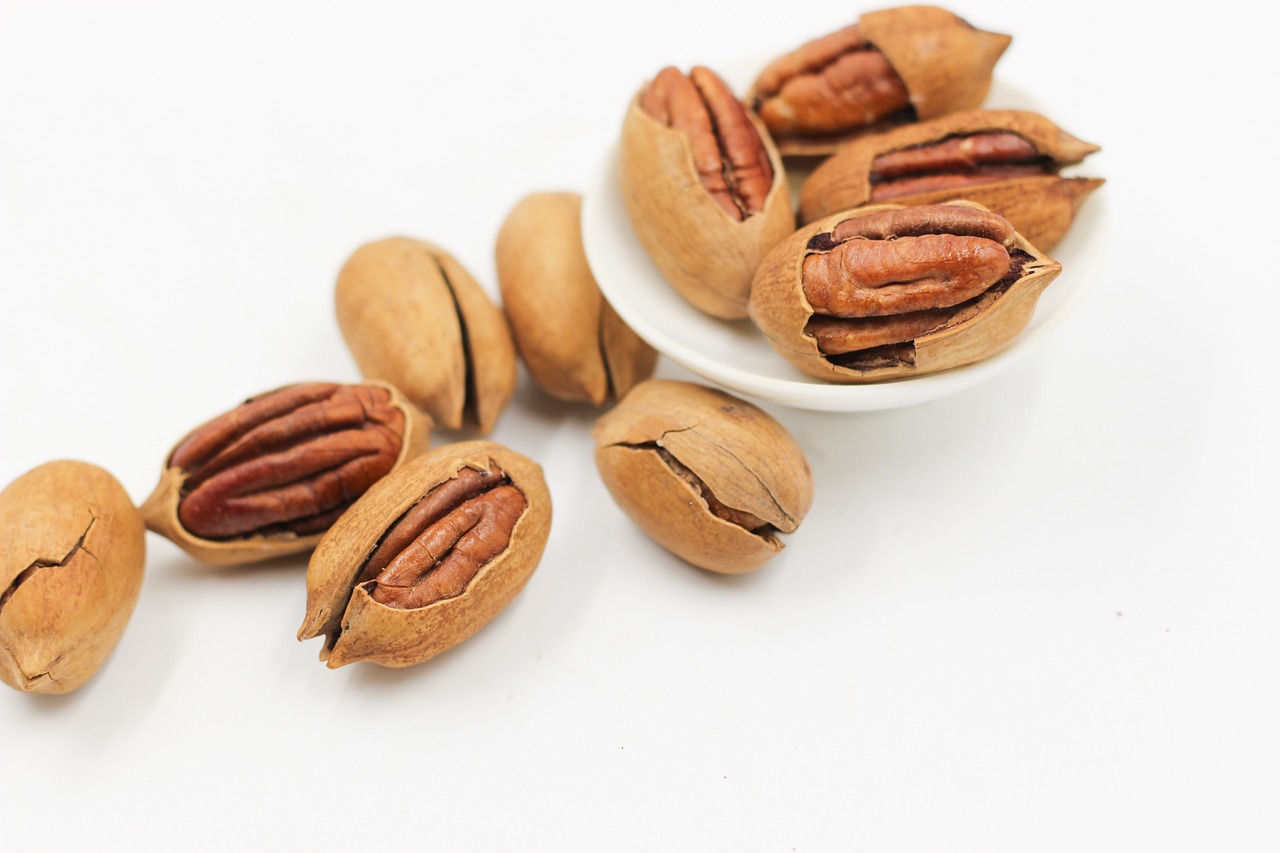
Roasted chickpeas
Roasted chickpeas are a crunchy, satisfying snack that’s packed with protein and fiber. They’re easy to make at home and can be seasoned to suit your taste preferences. Here’s a simple recipe:
- Rinse and dry canned chickpeas
- Toss with olive oil and your favorite spices
- Roast at 400°F (200°C) for 20-30 minutes, shaking the pan occasionally
- Let cool for maximum crunchiness
| Nutrient | Amount per 1/2 cup serving |
|---|---|
| Calories | 120 |
| Protein | 6g |
| Fiber | 6g |
Homemade trail mix with nuts and seeds
Create a customized trail mix using a variety of nuts and seeds for a protein-rich snack. Some great options include:
- Almonds
- Walnuts
- Pumpkin seeds
- Sunflower seeds
- Chia seeds
Mix these with a small amount of dried fruit for added flavor and energy. Keep portions controlled to maintain the low-calorie aspect of this snack.
Hummus with veggie sticks
Hummus is a protein-rich dip made from chickpeas, tahini, and olive oil. Pair it with raw vegetable sticks for a nutritious, low-calorie snack. Some great veggie options include:
- Carrot sticks
- Cucumber slices
- Bell pepper strips
- Celery sticks
Chia seed pudding
Chia seeds are tiny powerhouses of nutrition, packed with protein, fiber, and omega-3 fatty acids. To make chia seed pudding:
- Mix 2 tablespoons of chia seeds with 1/2 cup of plant-based milk
- Add a touch of sweetener if desired
- Refrigerate overnight
- Top with fresh fruit before serving
This versatile snack can be customized with different flavors and toppings to keep your taste buds excited while supporting your weight loss goals.
Protein-Packed Savory Snacks
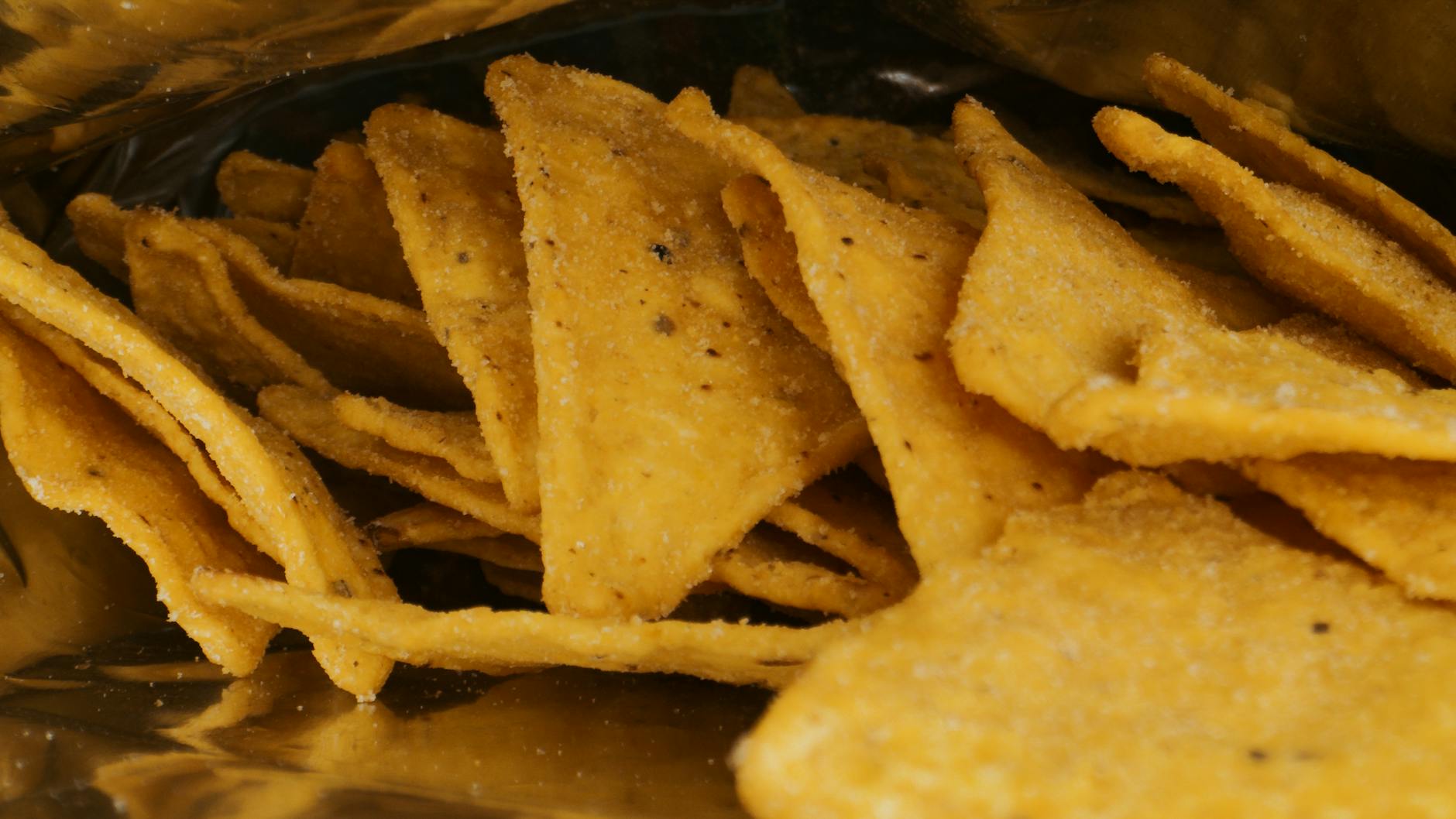
Turkey and avocado roll-ups
Turkey and avocado roll-ups are a delicious and satisfying savory snack that’s perfect for weight loss. These protein-packed bites are easy to make and offer a great balance of nutrients.
To prepare:
- Use thin slices of lean turkey breast
- Spread mashed avocado on each slice
- Add optional ingredients like spinach or cucumber
- Roll up tightly and secure with toothpicks
Tuna-stuffed bell peppers
Tuna-stuffed bell peppers are a colorful and nutritious option for those seeking a low-calorie, high-protein snack. This savory treat combines the omega-3 benefits of tuna with the crunch and vitamins of bell peppers.
Recipe ideas:
- Mix canned tuna with Greek yogurt instead of mayo
- Add diced celery and onions for extra crunch
- Season with lemon juice and herbs for flavor
- Stuff mixture into small bell pepper halves
Mini frittatas
Mini frittatas are versatile, protein-rich snacks that can be customized to suit your taste preferences. These bite-sized egg dishes are perfect for meal prep and can be enjoyed hot or cold.
| Ingredient Ideas | Benefits |
|---|---|
| Spinach | Iron and vitamins |
| Feta cheese | Calcium and flavor |
| Bell peppers | Vitamin C and color |
| Mushrooms | Fiber and umami |
Beef or turkey jerky
For a convenient and protein-packed option, beef or turkey jerky is an excellent choice. This dried meat snack is portable, shelf-stable, and satisfies savory cravings without adding excessive calories.
Tips for choosing jerky:
- Look for low-sodium options
- Check for added sugars
- Choose lean meat varieties
- Consider making your own for control over ingredients
Now that we’ve explored these savory, protein-rich snacks, let’s move on to some sweet options that still pack a protein punch.
Sweet Treats with a Protein Punch

Protein energy balls
Protein energy balls are a delicious and convenient snack that satisfies your sweet tooth while providing a protein boost. These bite-sized treats are easy to make and customizable to your taste preferences. Here’s a simple recipe:
- 1 cup rolled oats
- 1/2 cup nut butter (e.g., almond or peanut butter)
- 1/4 cup honey or maple syrup
- 1/4 cup protein powder
- Optional add-ins: chia seeds, dark chocolate chips, or dried fruit
Mix all ingredients, roll into balls, and refrigerate for 30 minutes before enjoying.
Low-fat chocolate milk
Low-fat chocolate milk is not just for kids! It’s an excellent post-workout recovery drink and a satisfying sweet snack. Here’s why it’s a great choice:
| Nutrient | Benefits |
|---|---|
| Protein | Aids muscle recovery and promotes satiety |
| Carbohydrates | Replenishes energy stores |
| Calcium | Supports bone health |
| Electrolytes | Helps with hydration |
Choose a brand with low added sugars for the best nutritional profile.
Apple slices with peanut butter
This classic combination offers a perfect balance of sweetness, crunch, and protein. Apples provide fiber and natural sugars, while peanut butter adds healthy fats and protein. To keep it low-calorie:
- Use a small apple (about 80 calories)
- Limit peanut butter to 1-2 tablespoons (95-190 calories)
- Opt for natural, unsweetened peanut butter
Frozen Greek yogurt bark
For a refreshing and protein-packed treat, try frozen Greek yogurt bark. Here’s how to make it:
- Spread Greek yogurt on a parchment-lined baking sheet
- Add toppings like berries, nuts, or a drizzle of honey
- Freeze until solid, then break into pieces
This versatile snack can be customized to suit your taste preferences while still providing a good dose of protein. Now, let’s explore how to effectively prepare and store these healthy snacks to ensure they’re always ready when you need them.
Preparing and Storing Healthy Snacks
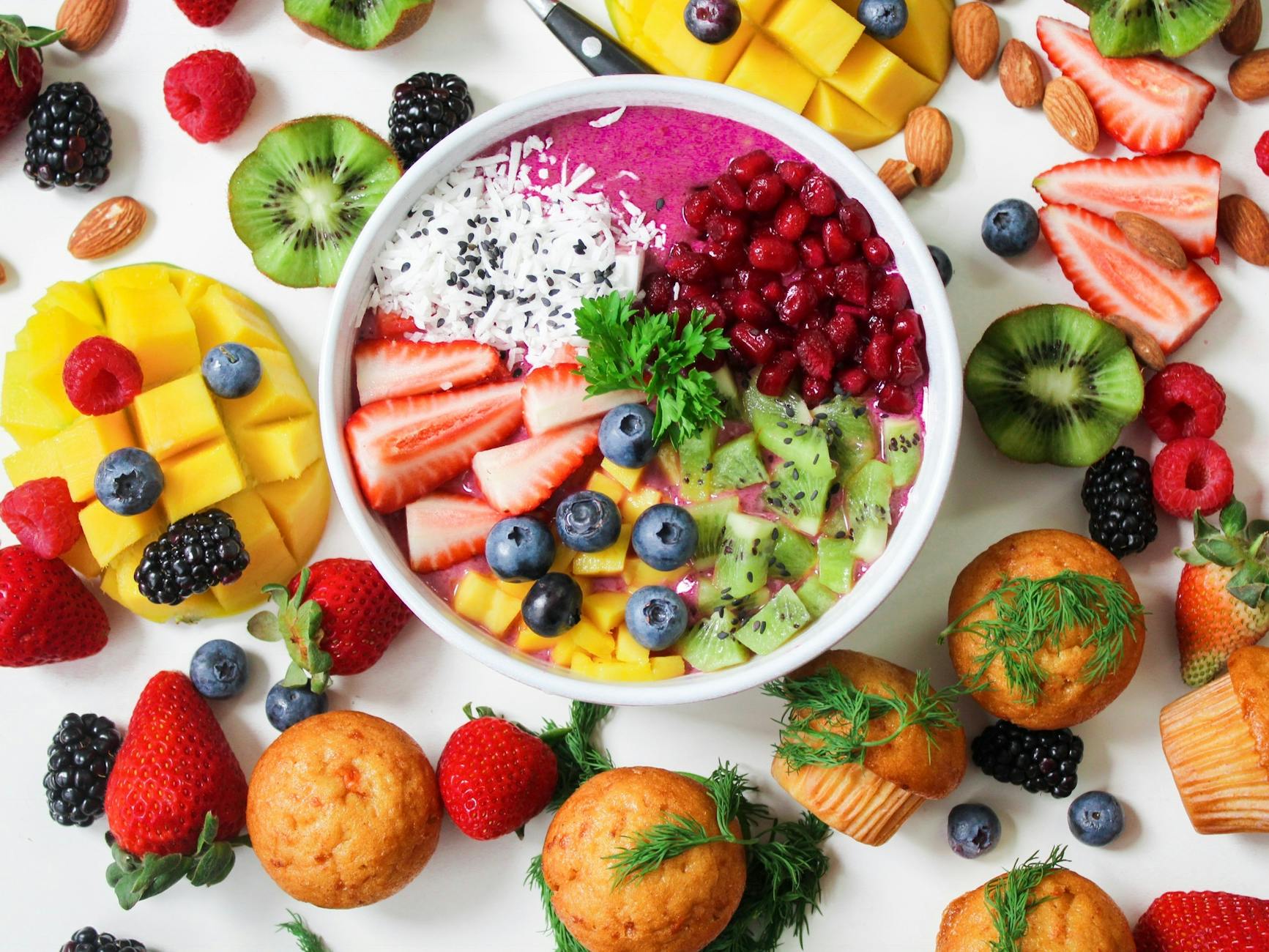
Meal prepping for the week
Meal prepping is a game-changer for maintaining a healthy snacking routine. By dedicating a few hours each week to prepare your snacks, you’ll save time and ensure you always have nutritious options on hand. Here are some tips for effective meal prepping:
- Choose versatile ingredients
- Invest in quality storage containers
- Prep ingredients separately
- Cook in batches
- Label and date everything
| Day | Snack Ideas |
|---|---|
| Mon | Greek yogurt with berries |
| Tue | Hard-boiled eggs and carrot sticks |
| Wed | Homemade protein bars |
| Thu | Cottage cheese with cucumber slices |
| Fri | Turkey roll-ups with bell peppers |
On-the-go snack ideas
For busy individuals, having portable snacks is crucial. These options are easy to pack and consume anywhere:
- Trail mix with nuts and dried fruits
- Pre-portioned hummus cups with veggie sticks
- Protein shakes in travel-friendly bottles
- Apple slices with individual nut butter packets
- Homemade energy balls
Best storage practices for freshness
Proper storage is key to maintaining the quality and safety of your snacks. Follow these guidelines:
- Use airtight containers to prevent spoilage
- Store cut fruits and vegetables with a damp paper towel to retain moisture
- Keep nuts and seeds in the refrigerator to extend shelf life
- Freeze homemade protein bars or energy balls for long-term storage
- Use silica gel packets in dry snack containers to absorb excess moisture
By implementing these preparation and storage techniques, you’ll always have fresh, healthy snacks ready to support your weight loss journey. Next, we’ll explore how to effectively incorporate these snacks into your overall weight loss plan.
Incorporating Snacks into Your Weight Loss Plan
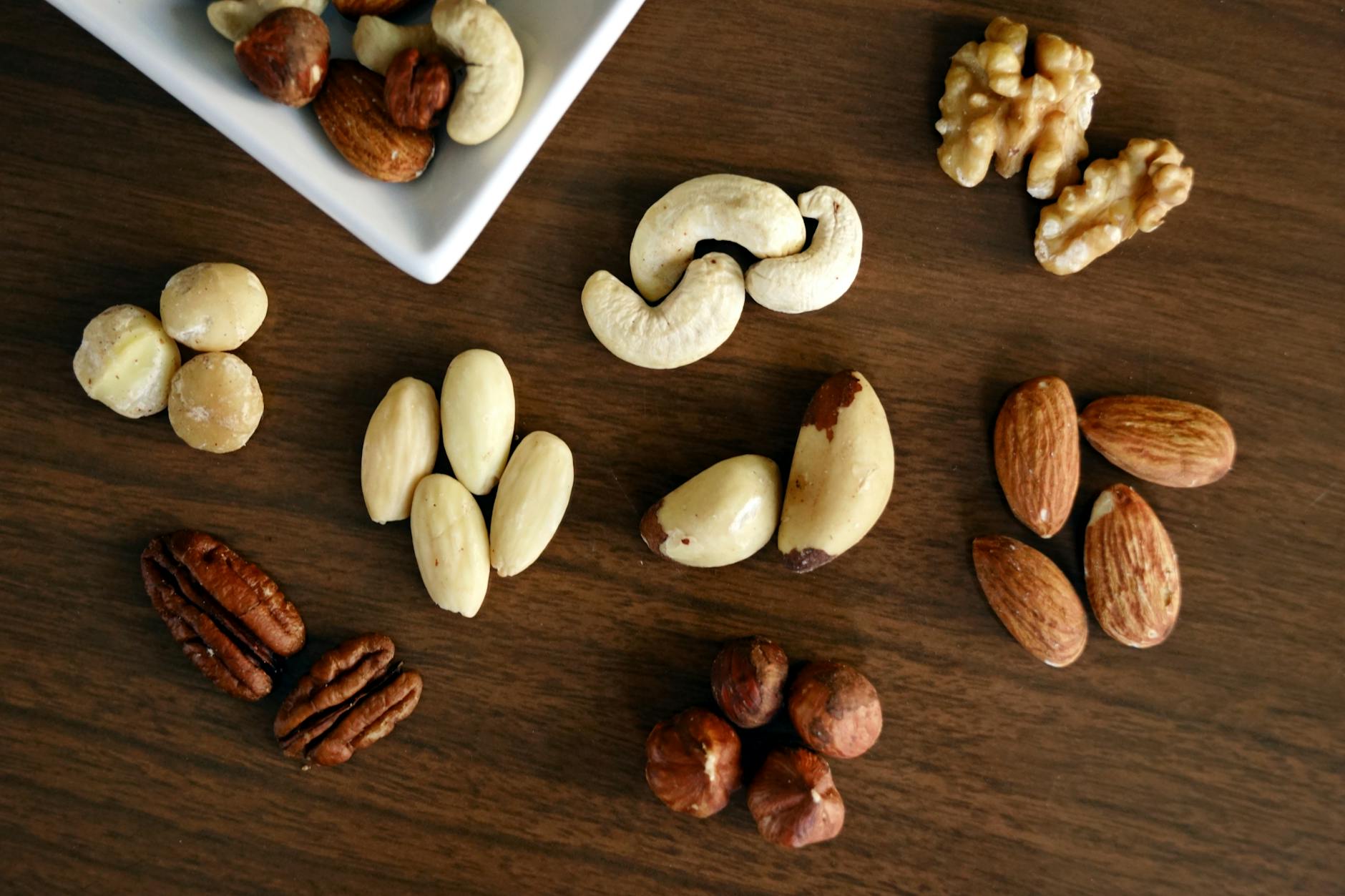
Timing your snacks effectively
To maximize the benefits of healthy snacking for weight loss, timing is crucial. Aim to space your snacks between meals, typically 2-3 hours after a meal or 1-2 hours before the next one. This strategy helps maintain stable blood sugar levels and prevents overeating during main meals.
| Meal Time | Snack Time |
|---|---|
| Breakfast (7 AM) | Mid-morning snack (10 AM) |
| Lunch (1 PM) | Afternoon snack (4 PM) |
| Dinner (7 PM) | Evening snack (if needed, 9 PM) |
Adjusting main meal portions
When incorporating snacks into your weight loss plan, it’s essential to adjust your main meal portions accordingly. This ensures you’re not consuming excess calories throughout the day. Some tips include:
- Reduce main meal portions by 20-25%
- Use smaller plates to control serving sizes
- Fill half your plate with vegetables
Tracking calories and macros
Keeping track of your snack calories and macronutrients is vital for successful weight loss. Use a food diary or a mobile app to log your snacks along with your meals. This practice helps you:
- Stay within your daily calorie budget
- Ensure you’re getting enough protein
- Balance your carbohydrate and fat intake
Listening to hunger cues
While planning snacks is important, it’s equally crucial to listen to your body’s hunger cues. Pay attention to:
- Physical hunger signs (growling stomach, low energy)
- Emotional triggers that might lead to unnecessary snacking
- Fullness cues to avoid overeating
By incorporating these strategies, you can effectively include healthy, low-calorie, high-protein snacks in your weight loss journey without compromising your overall goals.
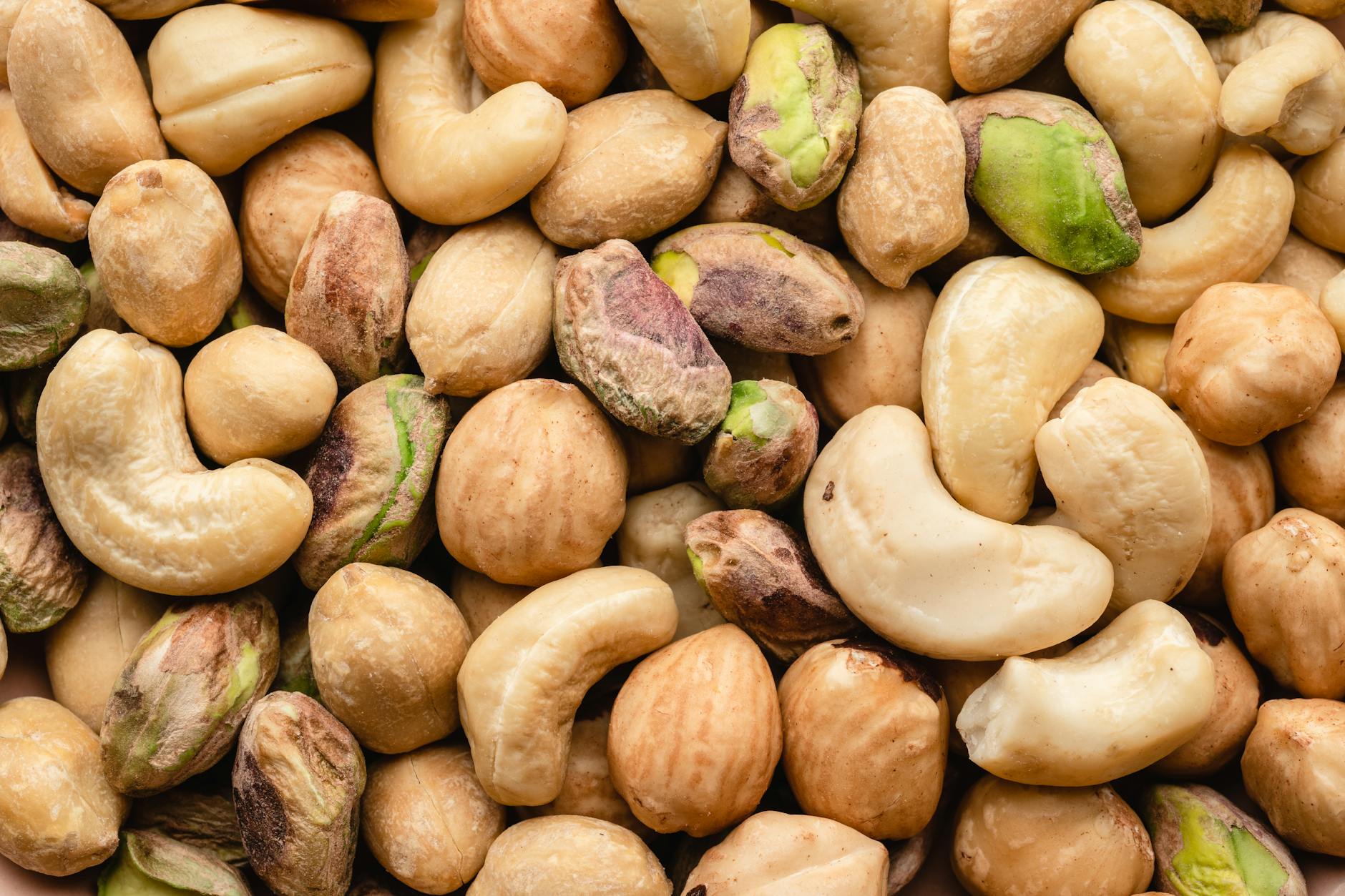
Incorporating healthy snacks into your weight loss journey can make a significant difference in achieving your goals. By choosing low-calorie, high-protein options, you can satisfy cravings, maintain energy levels, and support muscle growth while still creating a calorie deficit. The 15 snack ideas presented in this blog post offer a diverse range of flavors and textures, ensuring that you’ll never get bored with your between-meal choices.
Remember, successful weight loss is about creating sustainable habits. By planning and preparing your snacks in advance, you can set yourself up for success and avoid reaching for unhealthy alternatives when hunger strikes. Whether you prefer plant-based options, savory bites, or sweet treats, there’s a protein-packed snack to suit every taste. Experiment with these ideas, find your favorites, and enjoy the journey to a healthier you.

